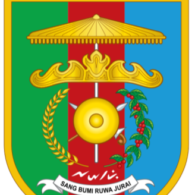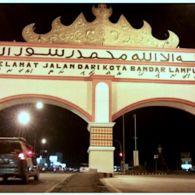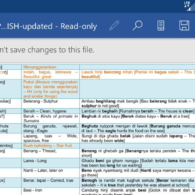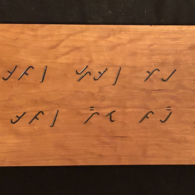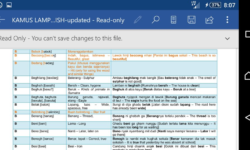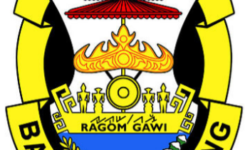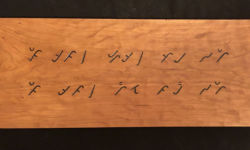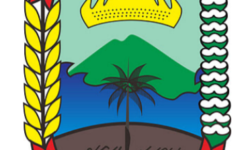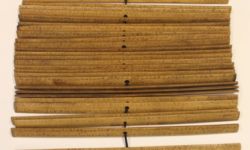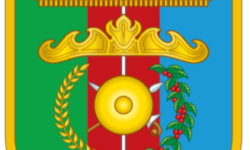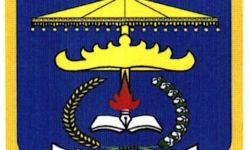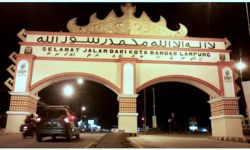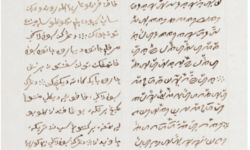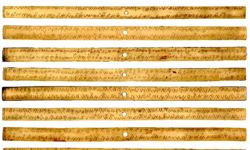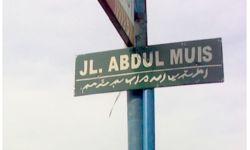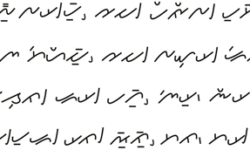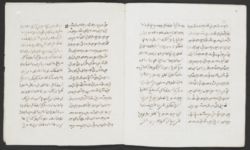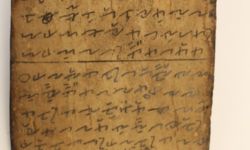Profile
Lampung is spoken in Lampung province in southern Sumatra, one of the major islands of Indonesia. It has been written for perhaps a thousand years with its own script, known as Aksara Lampung or Had Lampung, related to other scripts of the region, such as Rejang and Sundanese.The Lampung script was used to write spells, letters, traditional laws, religious works and poems. It was written on bark, palm leaf, metal plates, animal skin, horn, stone and bamboo. Its simple, strong, clear, curving lines are ideally suited to incising on bamboo with the point of a knife.
After Islam spread to the region, the Lampung script was replaced by the Arabic script, and since Indonesia attained independence after World War II, the Latin script has been used.
In the last few years, though — as elsewhere in Indonesia — the tide has turned.
First, the provincial government of Lampung established that street signs in the city of Bandarlampung should be in the Lampung script as well as Latin, and that the Lampung language and script should be taught first in primary and now in secondary schools.
An urban clothing line has adopted the script as a motif for products such as T-shirts, skirts, and bags.
And a native Lampung speaker, Indra Malasyah, has taken it on himself, with help from friends and crowdsourcing, to create, at his own expense, a Lampung-Indonesian-English dictionary.
He writes:
“This project has been begun since 2013 when I was still in college. Till now, I have collected as many as 68 pages. I myself is a native speaker of Lampung language. My daily communication with my family is using Lampung language.
“I [started] this project because I want to contribute for my local language preservation. To be honest, there has been many Lampung dictionaries in Indonesia, yet I haven’t found the 3 languages version and therefore I have this idea.
“I have also tried to manually input it into a dictionary software, suggested by my friend who is an alumni of master degree program in University of Indonesia, which enabled me to input all of my dictionary content into a more tidy style like printed dictionary as the output of the software.
“Up until today I still update my dictionary manually. The methods I use are varied: crowdsourcing in social media; adding vocabulary whenever I think that it has not been input yet into my dictionary; asking my friends, and families who I know are native speakers of Lampung language; and recording the conversation between my friends in Lampung language; and every day I always bring a small notebook which I usually use to write down some additional vocabs for my dictionary.
“I do this project voluntarily. Meaning that I don’t ask anybody to pay for me or ask for any financial aid from any government institutions.
“I have a plan to launch this dictionary into an Android app which can be downloaded for free for everyone once I have the funding to digitalize it.”
A screenshot of the dictionary-in-progress can be found in the Gallery.
You can help support our research, education and advocacy work. Please consider making a donation today.
Links
General Script, Language, and Culture Resources
- Omniglot
- Wikipedia
- Unicode (PDF)
- Lampung Translation App
- Lampung Script Test App
- History of Language and Lampung Script
- Wikipedia (Lampung Province)
- Scriptsource
- Aksara Lampung Writing Tradition (Malay)
- Information about Lampung in Indonesian
- Answers to questions about Lampung script
- Article on the development of a handwritten-based Lampung script
